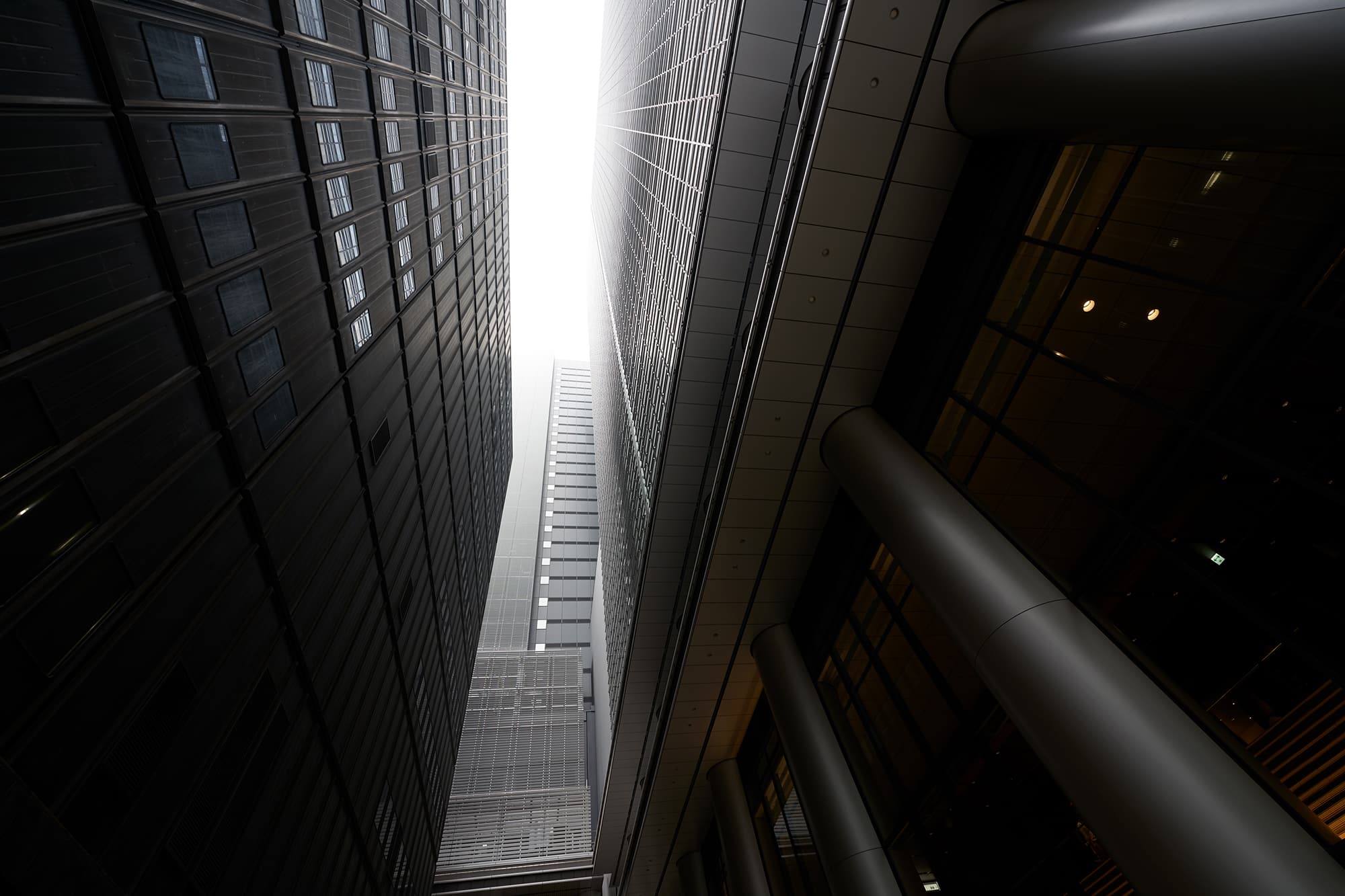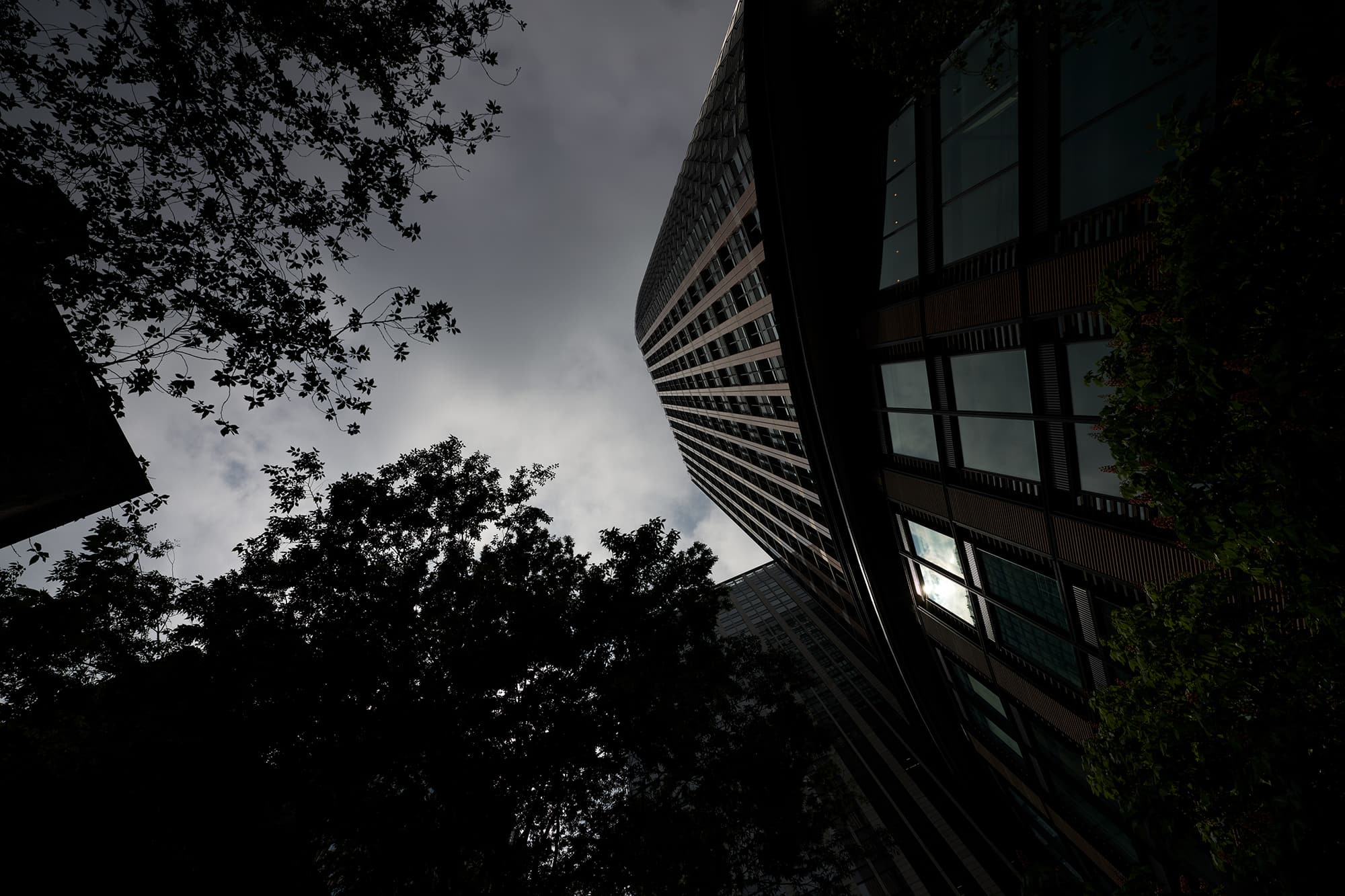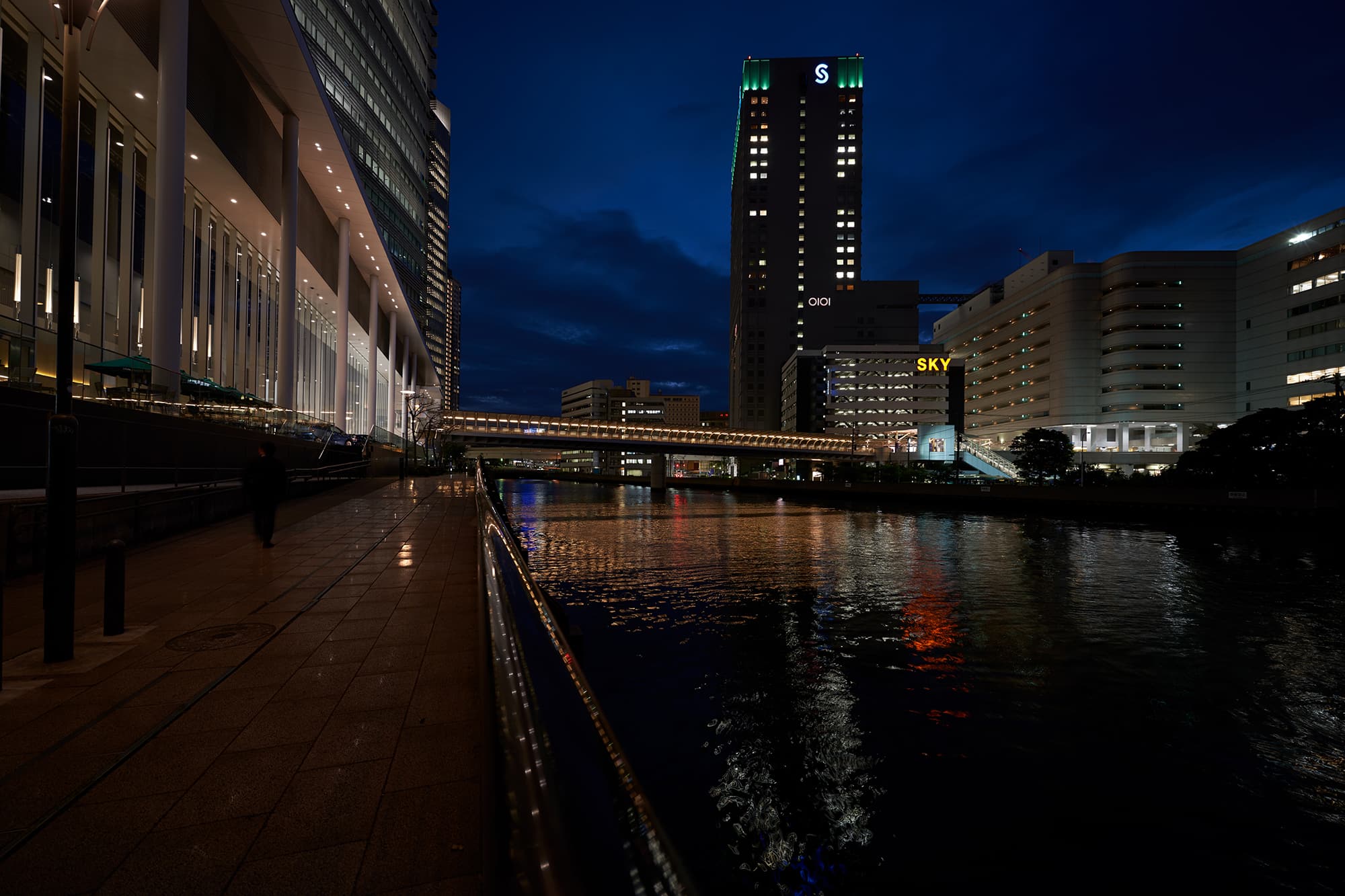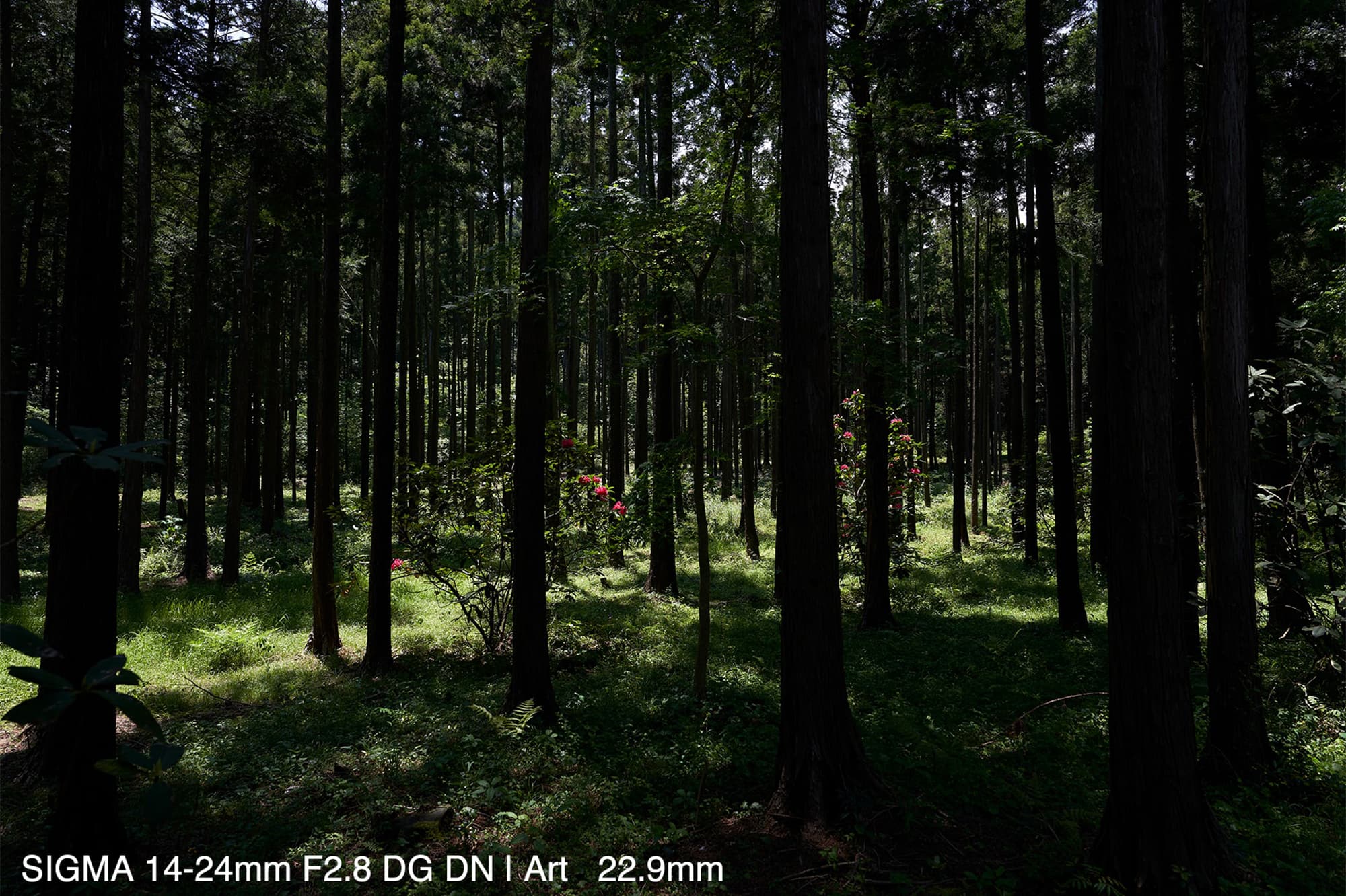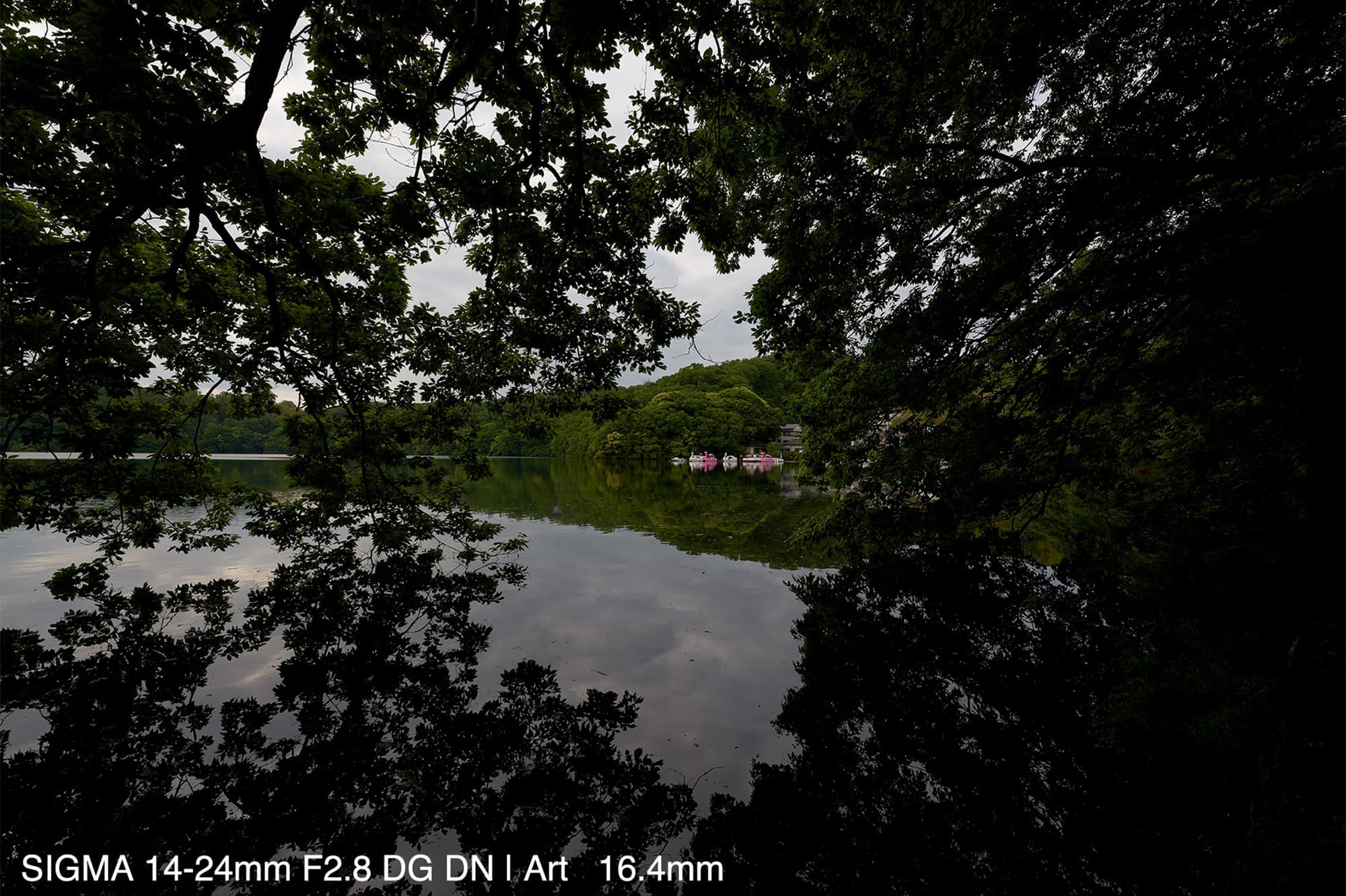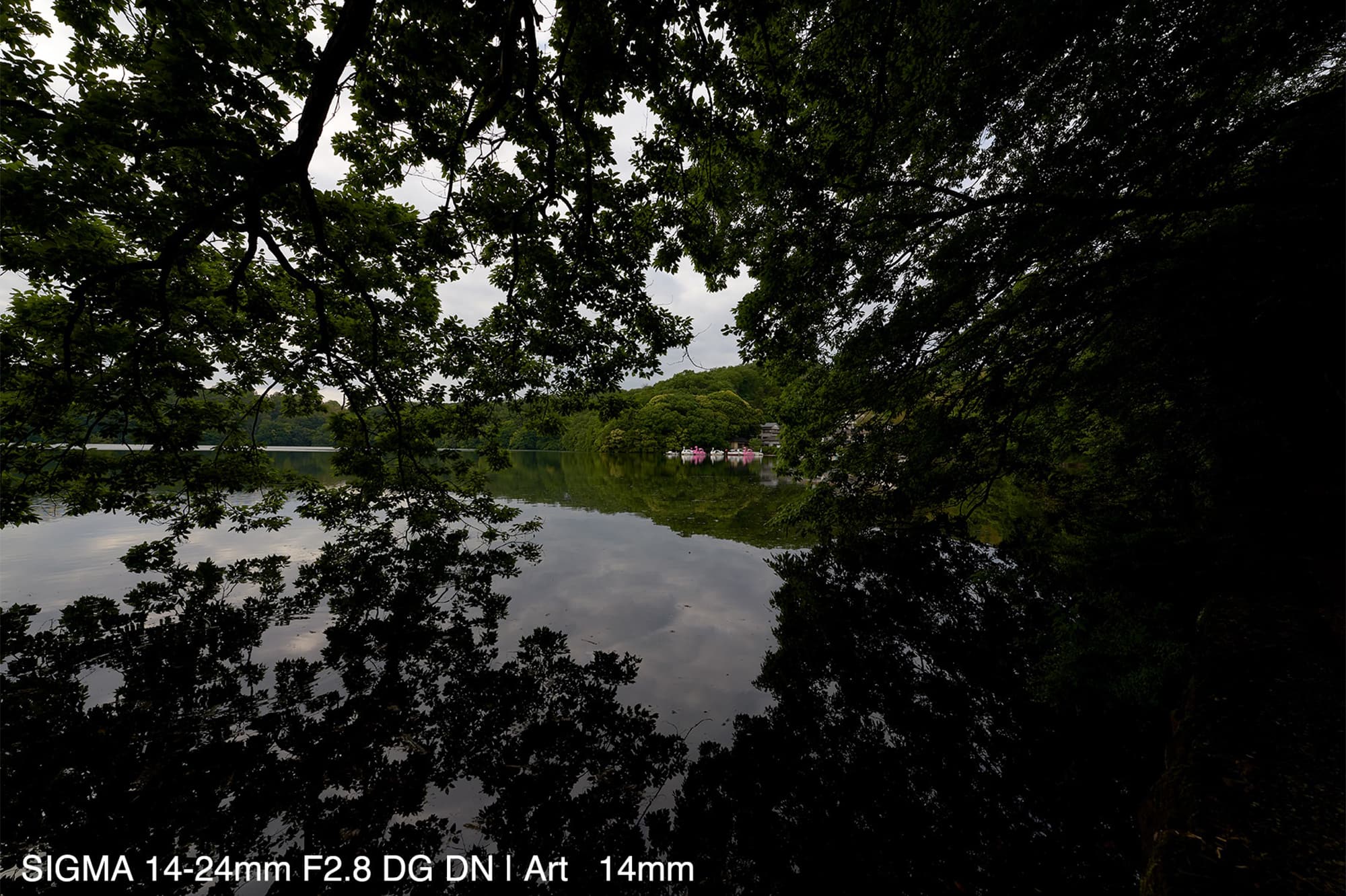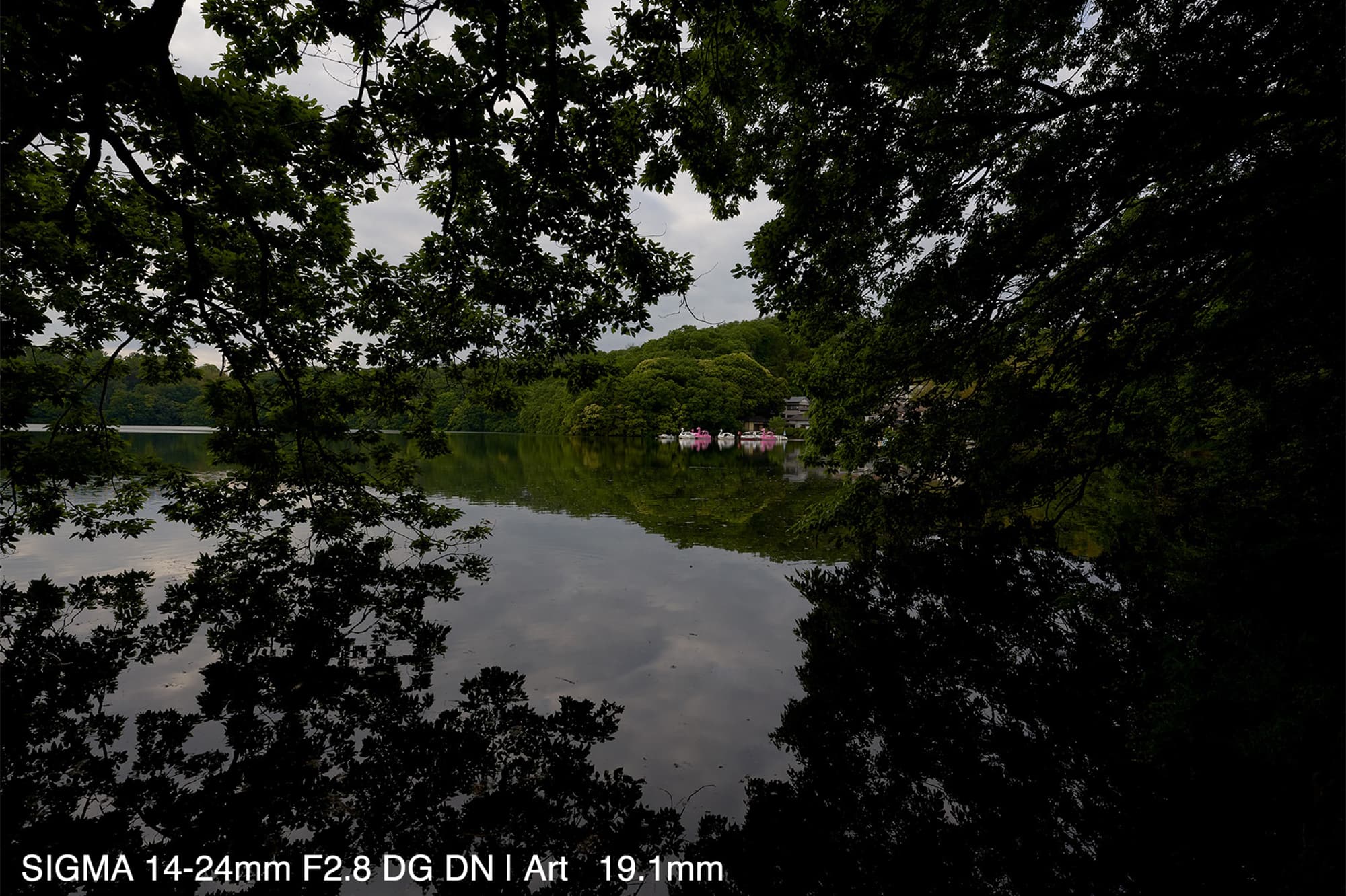

14-24mm F2.8 DG DN | Art Impression
SIGMA has released the new ultra-wide-angle zoom lens "SIGMA 14-24mm F2.8 DG DN | Art” for SONY E-mount. While for DSLR cameras they also make the "SIGMA 14-24mm F2.8 DG HSM | Art” that is identical in terms of the focal length and F-number, this one has a new optics dedicated to short flange focal length, which enabled compactization. In fact, the barrel’s diameter is 1cm shorter than the DSLR version. And, it weighs just 796g, which is 2/3 of the DSLR version. What a weight-loss.
I have once spoken with a SIGMA engineer and I was strongly impressed by what he said with a smile: "With regard to the Art Line, we only want the very best optical performance and have no restrictions of size, weight, and price.” This lens holds a unique position because it is an Art Line lens that is compact.
The DSLR version had no distortion and almost unnoticeable sagittal coma flare. So, I was curious to know how this new compact version designed for short flange focal length performs.
The Earth was not round.
I took the lens to the beach. When I aimed the camera at the horizontal line as usual, I remembered my bittersweet love when I had just started taking photography.
"I want to see the Earth being round,” said my girlfriend. I read many guide books to find a place where the Earth looks round. Finally, I found the destination on one page which had a picture of the curved horizontal line. However, despite all my effort to make our first drive romantic, the real Earth was unexpectedly and endlessly straight. When she said, "it did look round on the picture,” I could only nod and say "yeah.” This is a story from before I was into photography.
With this lens, the horizontal line in the viewfinder looks pleasantly straight and undistorted. This view reminded me of the little failure in my youth and made me want to tell myself back then, "The Earth isn’t round, if we break the spell of distortion.”
High resolution for precise rendition to the corners
The straight lines are captivatingly beautiful. They all stretch from the corners to the center of viewpoint, without being distorted. I stopped it down by only half a stop, but everything looks sharp and precise. Even though I knew SIGMA lenses are good at delivering thin drawing lines, I am still stunned by the perfect rendition which is only possible with the thin lines.
Ultra-wide-angle photography is powered by beautiful straight lines. And, the wider the angle of view is, the more influential the quality of straight lines becomes to the overall image quality. Aberrations are the prime enemies of image quality. Resolution is affected not only by aberration unrelated to colors, but also by color bleeding resulting from chromatic aberration. And, distortion obscures the shape of objects. This lens effectively corrects these types of aberrations. Rendition is clear to the corners and free from ambiguity.
I looked up to the sky from an urban canyon to be tough on the lens, using the extremely high contrast due to the backlight. If it is exposed to get a minimal amount of the detail of the shadow around the building’s base, the top of the building would almost melt into the sky with an ordinary lens. With this lens, on the other hand, the lateral design of the building is clearly defined thanks to the thin lines. And, chromatic aberration is unnoticeable even in the contrasty situation.
The focal length between 14mm and 24mm is perfect for shooting starry sky. When shooting point light sources like stars, it is important to minimize sagittal coma flare, a type of aberration which blurs point light sources to look rectangular or like a rugby ball. It can be reduced by stopping down and is not a big issue when there is no point light sources or when we shoot in daylight situation. However, it stands out when shooting backlight and contrasty scenes such as starry sky or night views because the point light sources are distorted significantly.
I shot a night scene of Yokohama Bay area, in order to get larger point light sources. I can tell at a glance that it has no aberrations even at wide open because it is sharp and clear throughout the frame. I viewed it at the original size to be picky, but the aberrations were effectively controlled even around the corners. With this lens, I can shoot at wide open with confidence. The cropped images were taken from the upper left and slight right of the center of the original image. Please check the astonishing resolution and perfect correction of aberrations.
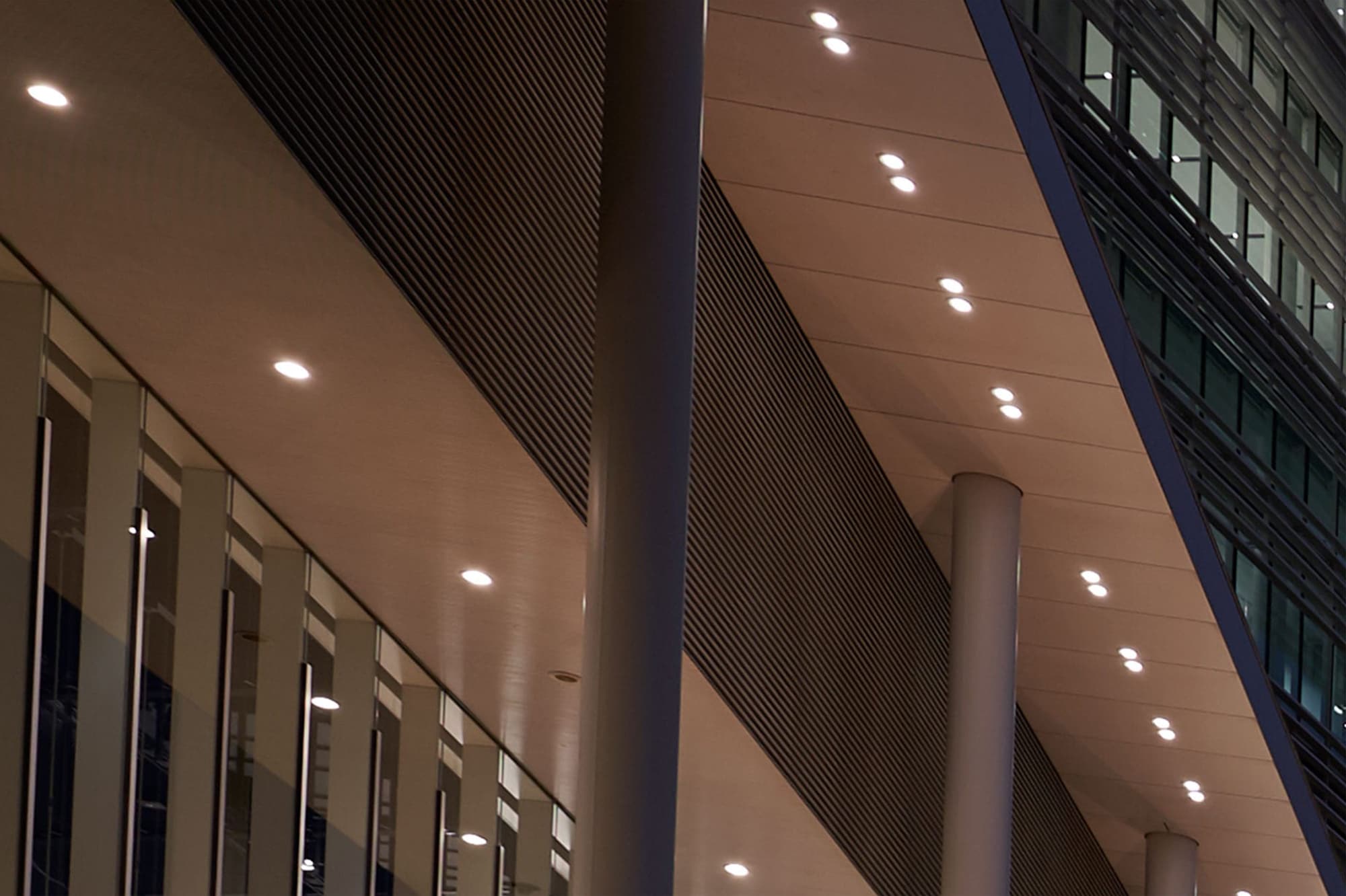

Freedom in composition with 14-24mm
Absence of distortion of this 14-24mm zoom lens helps projecting expression in a variety of situations. It also means that, if you keep vertical and horizontal lines straight by pointing the camera straight ahead, the images would look as if they were shot with a standard lens as well. Of course, you can always enjoy the ultra-wide perspective by aiming the subjects with depth or shooting from a low angle. In other words, overcoming aberrations enhances the range of expression.
This 1.7X zoom lens has only 10mm of zoom range between 14mm and 24mm. It may not be a lens for everyone, but the short zoom range is impeccable because it forces photographers to be extremely careful with the composition. Though I can say that this lens is for experts who know that only 1mm or even less makes a big difference in photography, I strongly recommend it to beginners who want to experience or step up to the new world, because it is an effective teacher of composition.
The images below demonstrate the difference of composition made by slight differences of the focal length.
The Art Line can be compact.
The expression "rendition becomes sharp and clear by stopping it down by a stop” may be over-used. Of course, it does by stopping down because aberrations are reduced at small apertures.
In fact, I stopped it down by half a stop until I checked aberrations shooting night scenes. I tend to "insure” against the potential degradation of image quality at wide open, even though they say, "peak image quality at wide open.” And so far, I have been helped by the insurance. However, when I checked the images of the night scenes carefully, I learned a simple rule: controlling aberrations improves image quality. As for this compact Art Line lens, I guarantee that their words are sincere and no insurance is necessary.




